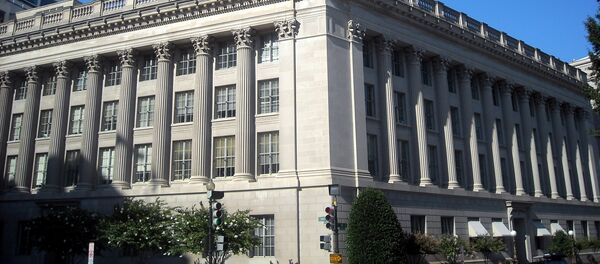“If they are too big to fail, they are too big to exist,” Sanders said after a press conference to introduce new legislation to break up large financial institutions.
Sanders’ legislation requires US financial regulators to create a list of systemically important financial institutions whose failure would pose a “catastrophic risk to the United States economy without a taxpayer bailout.”
Within a year of the bill’s passage, the US Treasury Secretary would be “required to break up financial institutions on the list so that they cannot cause another financial crisis ever again,” Sanders explained.
This is the third time Sanders has introduced legislation attempting to force the separation of the largest US banks since the financial crisis and bank bailouts of 2008-2009. Under Sander's proposed law, banks would be forced to split up based on the total size of their assets, he told the press.
Like previous legislation targeting Wall Street, Sanders said he expects difficulties to pass the bill.
“Can we pass legislation in the United States Congress that Wall Street opposes? And at this particular moment… it is going to be a tough fight,” he said.
The six largest US banks currently control nearly $10 trillion in assets, according to US Federal Reserve data.
In 2008, the largest US banks were threatened with collapse during the financial crisis. Congress authorized an initial $700 billion bailout for US banks and other institutions whose failure they said presented a systemic risk to the economy.



